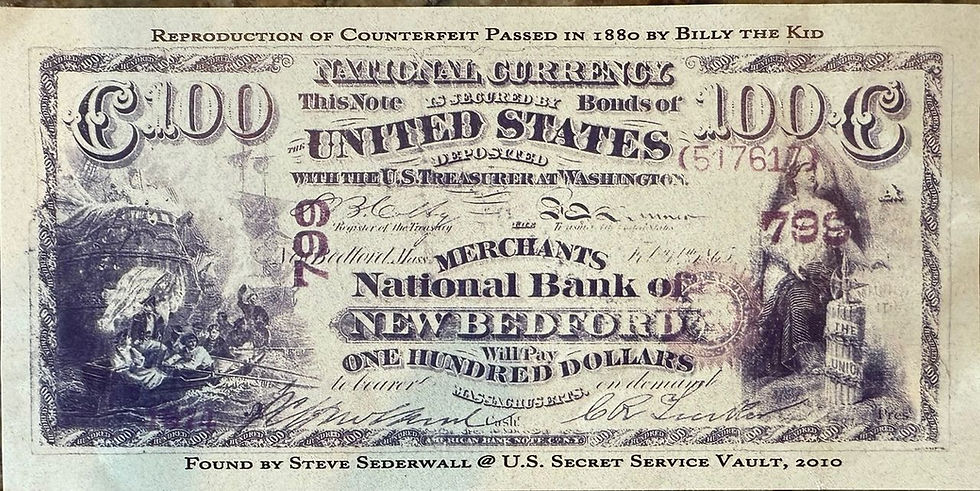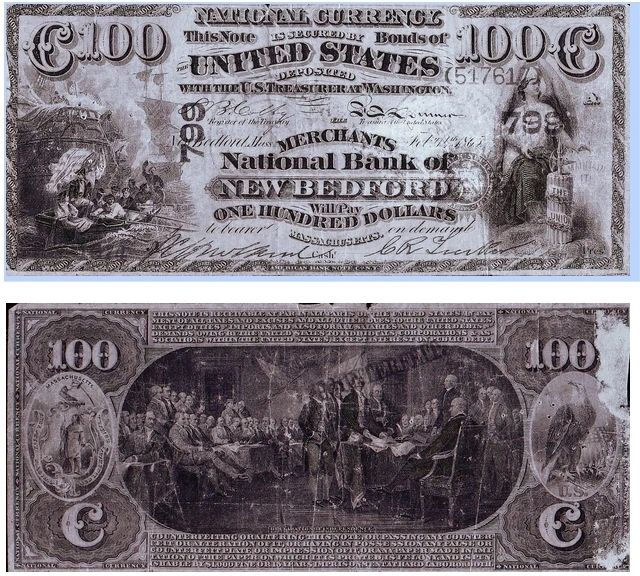Billy’s Spanish
- jeremiahslatten
- Dec 15, 2024
- 3 min read
Updated: Sep 22
By Jeremiah Slatten

Billy the Kid was a boy of two worlds—Anglo by birth, but molded by the rhythms of Spanish-speaking New Mexico. His life carried a distinctive bilingual flavor, forged in the dusty streets of Silver City, where Mexican customs mingled freely with frontier grit.
Billy's knack for Spanish wasn’t something learned on a whim. It came naturally, baked into him by necessity. Silver City, rough and raw, was a town where Spanish wasn’t just heard—it was lived. Surrounded by a predominantly Hispanic population, young Billy soaked it in like desert earth after a rare rain.
Popular culture has long leaned into this side of Billy. Emilio Estevez’s portrayal in Young Guns had Billy tossing off Spanish phrases like he was born to it—because he practically was. Arthur James Mill’s book Bandito Simpatico goes deeper, painting Billy as a cultural shapeshifter, fluent in two tongues and two worlds. In the frontier’s harsh glare, where survival hinged on adaptability, Billy’s bilingual edge set him apart.
The Kid’s migration from New York to New Mexico was a journey from one reality to another. His early years, trailed through Indiana and Kansas, offered little hint of the cultural immersion that awaited in Silver City. By the time he hit town, somewhere between 13 and 15 years old, he faced a world where Spanish wasn’t just common—it was currency.
Louis Abraham, a boyhood friend, recalled that Silver City had "very few American boys" back then. If Billy wanted friends—or anything else—he needed Spanish. Schooling was as rough as the streets, but the daily lessons he learned among the adobe walls were far more lasting.
Although having little relevance to his cultural fluency, Abraham also swore by Billy’s innocence in the killing of Frank Cahill, the blacksmith who history often labels Billy’s first victim. "He may have been a little more mischievous than the rest of us," Abraham admitted, "but he didn’t kill that blacksmith." In that moment, Abraham painted Billy not as a killer but as a scrappy kid trying to find his footing in a rough-and-tumble world.
Silver City’s social pulse beat in Spanish. Community gatherings, business dealings, even back-alley mischief all demanded fluency. What started as survival soon became second nature. Whether trading goods or swapping tales, Billy’s command of the language deepened with every encounter.
By 1870, Grant County’s census showed a population where 70% were Hispanic or Native American. Silver City, just 300 miles from Mexico, was a cultural crossroads. Its Hispanic heart was a neighborhood known as Chihuahua Hill, named after the Mexican state many residents had left behind. The town’s mix of miners, merchants, and settlers created a rich tapestry that Billy navigated with ease.
Historical records affirm the town’s enduring Hispanic heritage. By the 1880 census, Grant County had 4,539 residents, over half tracing roots to Mexico or being native-born New Mexicans. This was the world that shaped Billy—where identity was fluid, and language could mean the difference between belonging and being an outsider.
Billy’s Silver City years from 1870 to 1873 laid the cornerstone of his identity. His fluency in Spanish and comfort within Hispanic culture weren’t learned affectations; they were survival skills that became second nature. Long after he left, that duality stayed with him, woven into the myth of Billy the Kid—not just an outlaw, but a living bridge between two distinct worlds.
Sources:
Mining Life, July 5, 1873
Mining Life, July 12, 1873
Ninth (1870) United States Census, Schedule I, PopulationTenth (1880) United States Census, Schedule I, Population
They Knew Billy the Kid: Interview with Old-time New Mexicans, edited by Robert F. Kadlec




Comments